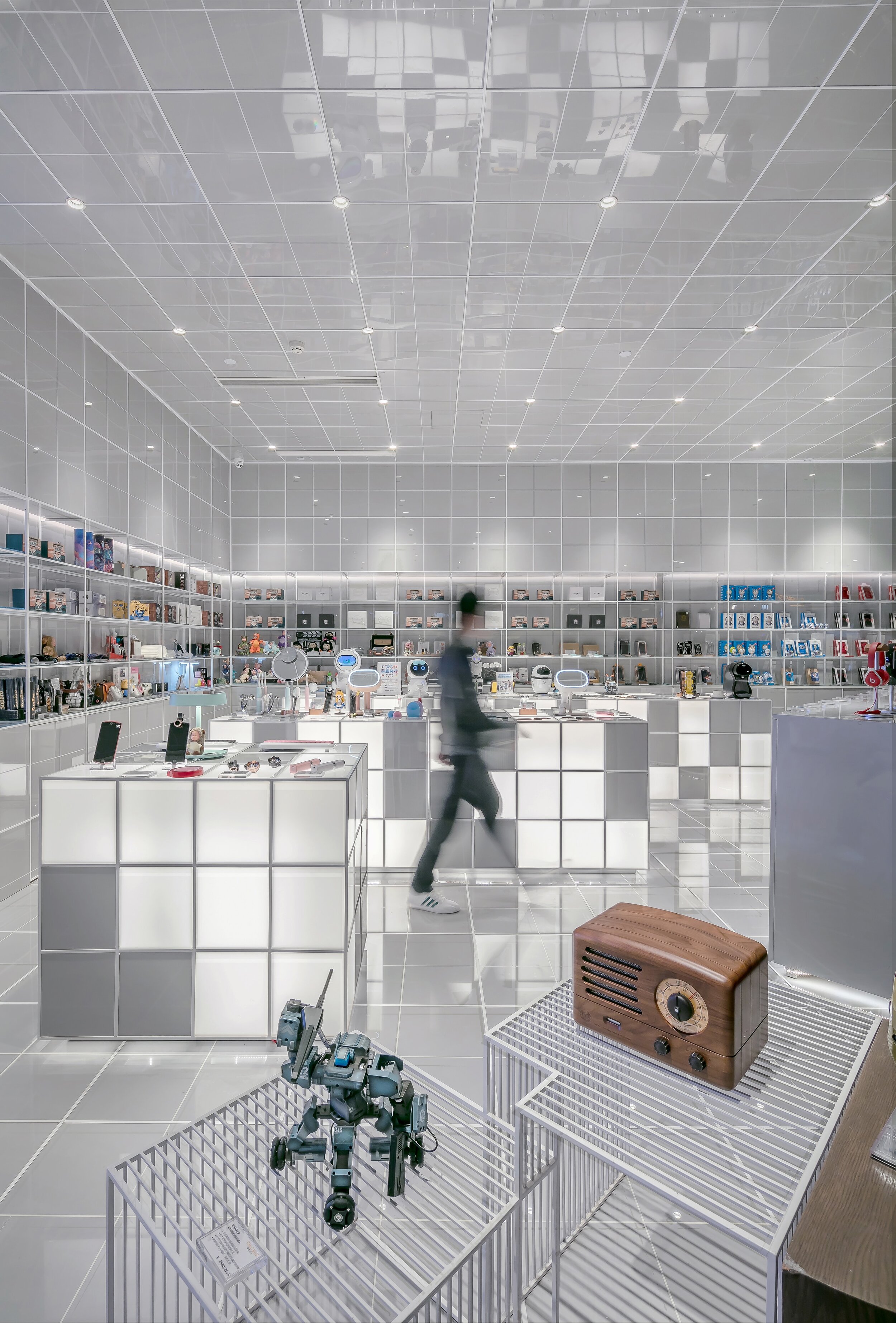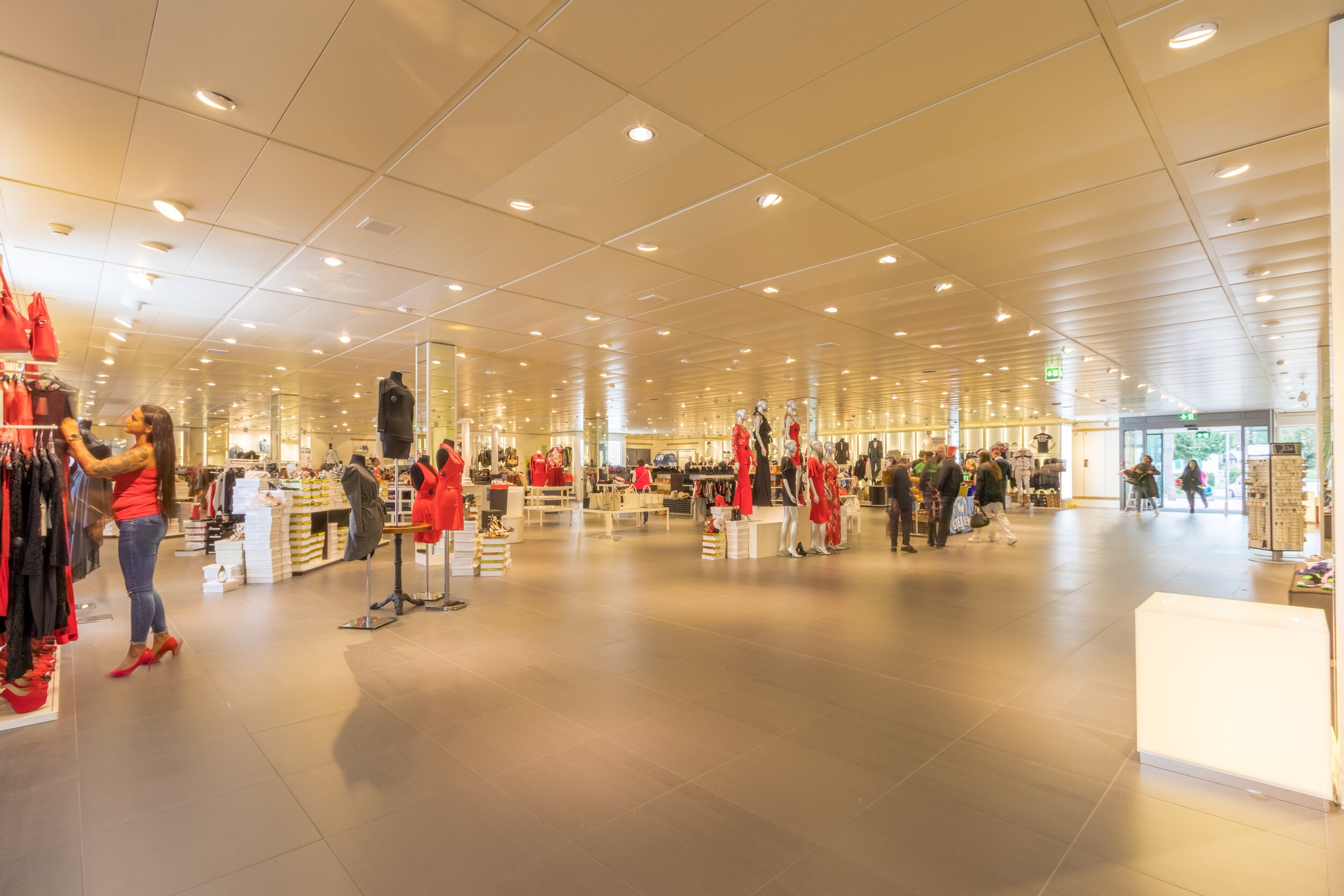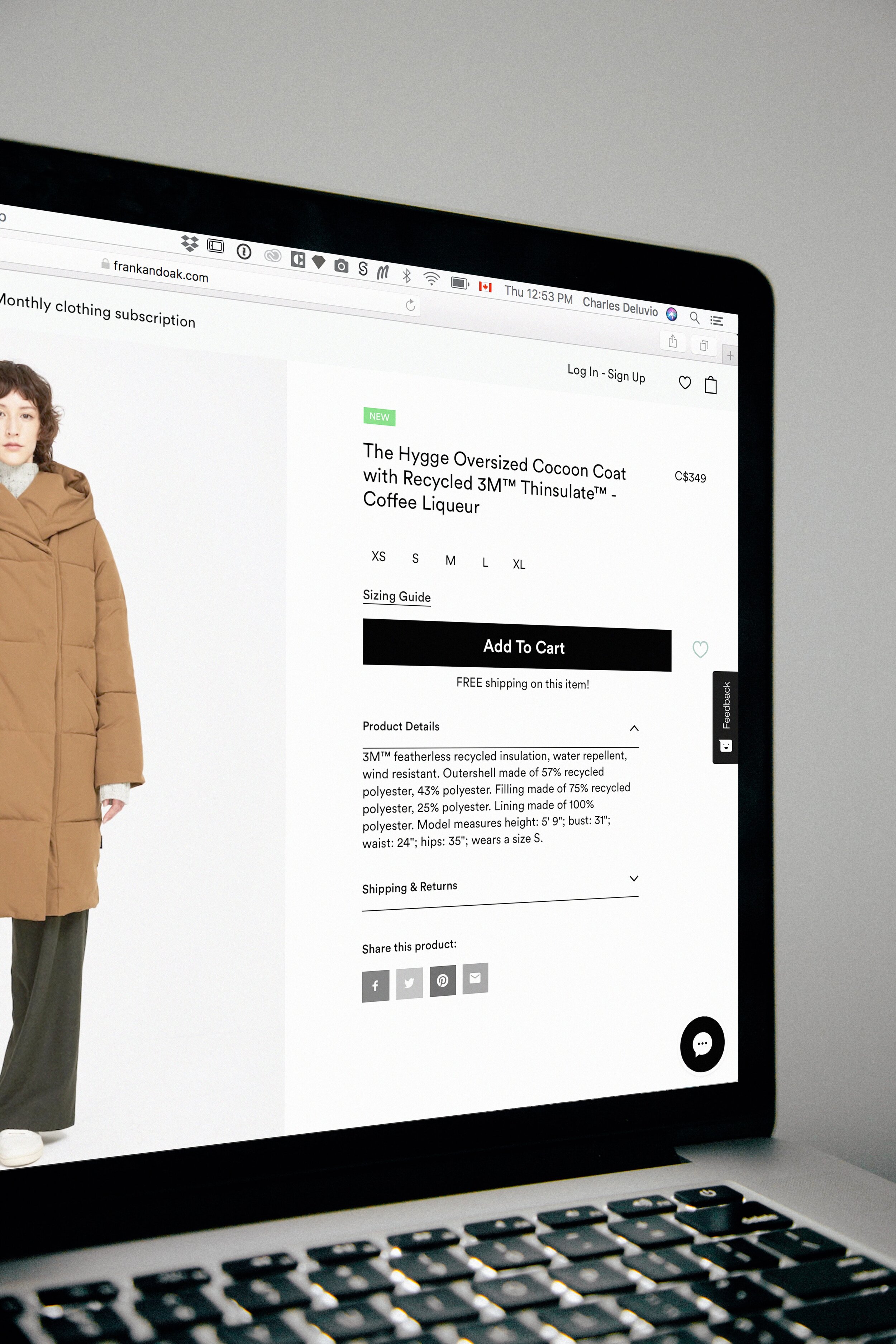Connecting channels and personalising the shopping experience is vital to meeting consumers’ rising expectations. One major advantage of using a unified commerce platform as your retail management system (RMS), is its open architecture that lets you easily make those connections with APIs.
APIs (Application Programming Interfaces) are present in every part of our digital world. Every time you use an app like LinkedIn, make a Skype call or listen to Spotify on your phone, there’s an API in action.
APIs let you add specialised functionality to a website, application, platform or software without having to write all of the back-end code. By using APIs, you can connect tools and expose data in real time, rather than having to replicate or move it. The result is one set of functions that’s available across various systems, plus an easy way to plug in and deploy new services, channels and devices.
These improvements let you shift your team’s priority from maintenance to innovation. By using APIs to access existing solutions in the market, you are free to focus your development efforts on the front-end. You can be more agile and create a community of third-party apps and systems that work together in an ecosystem. As a result, you’ll reduce integration and maintenance overheads, increase real-time accuracy and enjoy virtually limitless scalability and agility.
APIs in action
Here are just some of the ways APIs help you optimise operations and personalise customer experiences:
Retail anywhere, any time
APIs let you easily expose your product catalogues and other eCommerce solutions to give customers many more ways to engage with your brand, including social commerce.
Deliver anywhere, any how
Shipping and delivery APIs let you integrate third party services to automate everything from the sale through to the parcel being delivered to your customer’s address of choice. Think fulfilment options like click-and-collect, store-to-door and drop shipping.
Payment convenience counts
Give consumers the payment options and ‘buy-now, pay later’ services they want. Infinity was the first in the world to integrate with Afterpay at point of sale and supports Adyen, Smartpay, Laybuy, Alipay, WeChat Pay, and Slyp to name a few payment partners.
Voice and visual to boost personalisation
Visual search APIs help customers quickly find the products they want – like Cue Clothing’s Style Finder mobile app. And you can consider using Siri, Alexa and Google Assistant APIs to further tailor the shopping experience and boosts sales.
So how do you start making the most of APIs?
Begin by evaluating your company’s value chain. Can you easily integrate and use APIs to access third-party platforms and services to scale your business? Or can you release your own APIs to attract partners and build out your platform? The two options are not mutually exclusive.
An API-enabled platform like Infinity lets you scale your business quickly by easily adding new apps and services as business requirements change.
We can also help if you’re looking for advice on how to create a strategy and implement an API programme that quickly creates customer and business value.
The end result is the ability to create extraordinary customer experiences that help to capture market opportunities, generate additional revenue and build brand advocacy.






























































